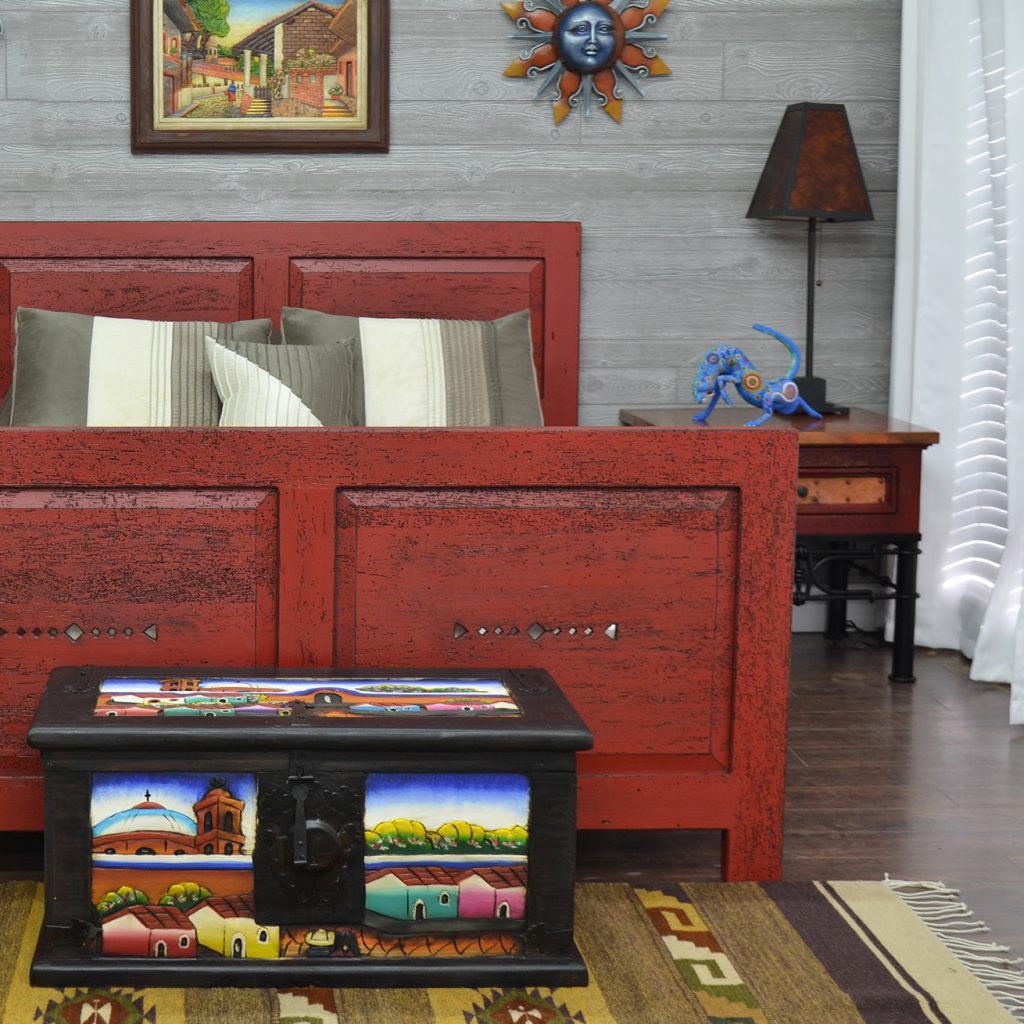The History of Decorated Ceilings
Decorated ceilings have been part of architectural design for centuries. Ancient civilizations painted intricate patterns and scenes on their ceilings using natural pigments. In the Renaissance era, decorated ceilings became even more popular, with artists like Michelangelo creating breathtaking frescoes on the ceilings of cathedrals and palaces. By the 18th century, elaborate plasterwork designs were in vogue, with craftsmen creating stunning, intricate patterns using only their hands and simple tools. Today, decorated ceilings remain a popular design element in both residential and commercial spaces.
Design Elements of Decorated Ceilings
Decorated ceilings can be designed in a variety of ways, utilizing different materials and techniques. Here are just a few popular design elements:
Plasterwork
Plasterwork is a technique that involves molding wet plaster into intricate patterns on the ceiling. This technique has been used for centuries, and craftsmen today still use traditional techniques to create beautiful, intricate designs.
Murals
Painted murals can be a stunning addition to a decorated ceiling. From intricate patterns to scenes of natural beauty, murals can add both beauty and depth to a room.
Stencils
Stencils are a popular choice for creating decorated ceilings. They offer a simple way to create complex patterns, and can be used with a variety of materials, including paint and plaster. With the right stencil, a designer can create a stunning ceiling in no time.
The Benefits of Decorated Ceilings
Decorated ceilings offer a host of benefits beyond their beauty:
Increase Property Value
Homes and buildings with decorated ceilings are often considered more valuable than those without, as they offer a unique and desirable feature that can be difficult to replicate.
Improve Acoustics
Decorated ceilings can also help improve acoustics in a space. The intricacies of the plasterwork, for example, can help break up sound waves and prevent echoes from occurring.
Add Dimension and Depth
The right decorated ceiling can add dimension and depth to a space, directing the eye upwards and creating a sense of grandeur.
The Drawbacks of Decorated Ceilings
While decorated ceilings offer many benefits, they do come with a few drawbacks:
High Cost
Decorated ceilings can be expensive to install. From materials to labor costs, a beautiful decorated ceiling can put a strain on any budget.
Maintenance
Decorated ceilings can also be difficult to maintain over time. Depending on the materials used, they may require regular cleaning, repairs, and other upkeep to stay in pristine condition.
Low Ceilings
Lastly, decorated ceilings may not be the best option for low-ceilinged spaces. If a room is too small or too low, an intricate decorated ceiling may not be visible or appealing.



More Posts
Beautiful Blossoms: Flower Table Lamp
Bringing Warmth: Rattan Lamp Lighting Ideas
Creating Ambiance with an Indoor Lamp